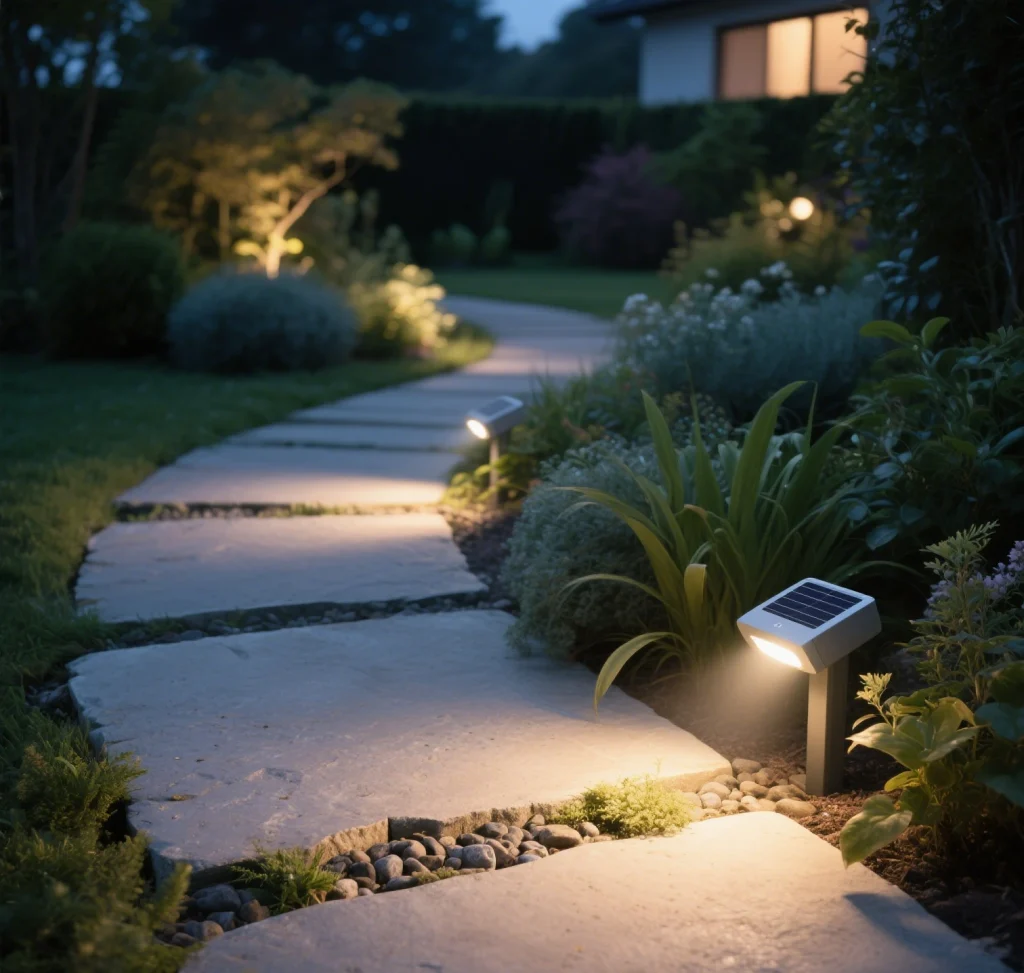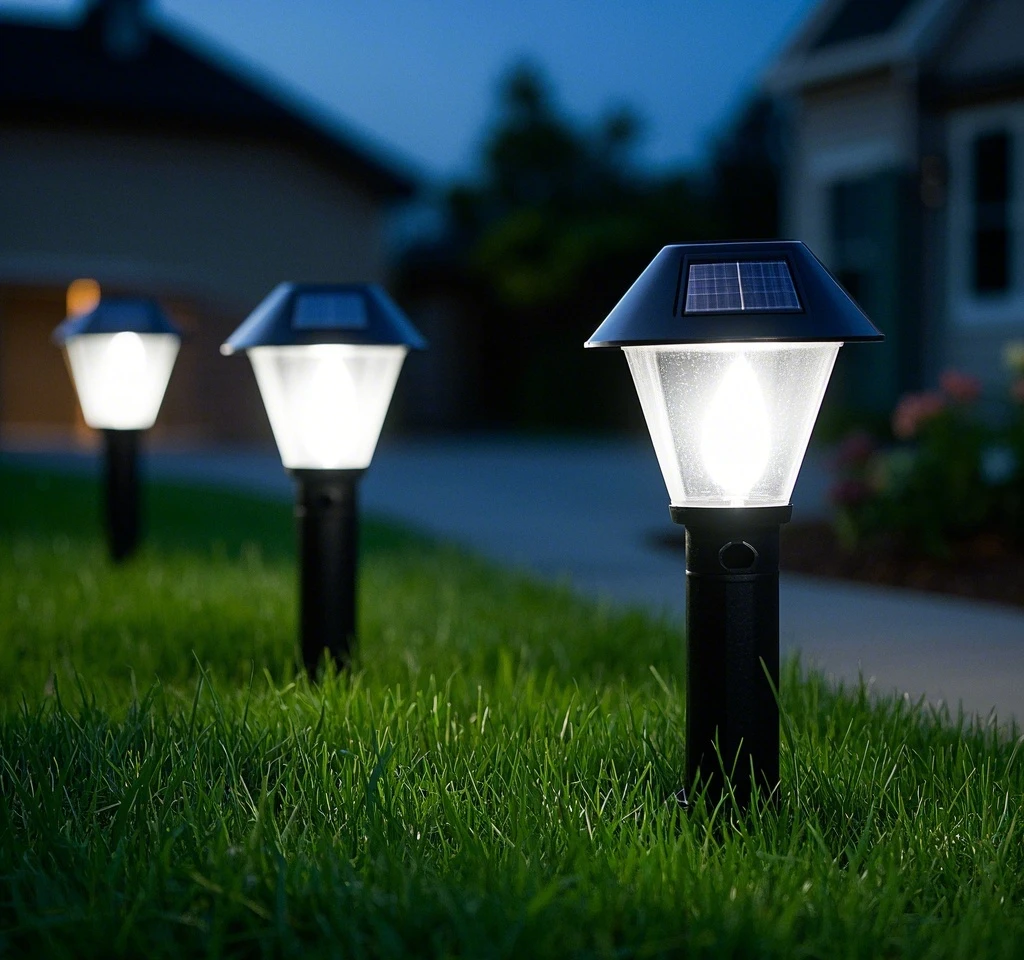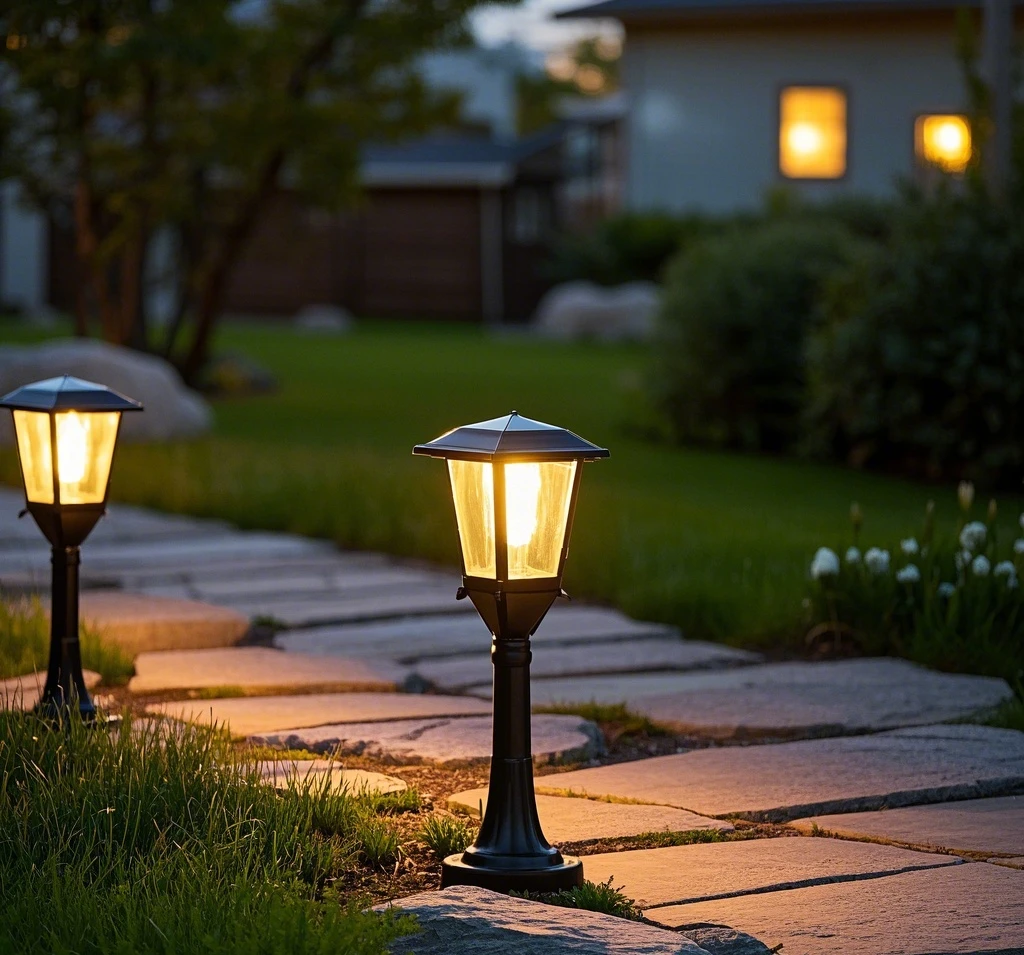Solar panels are celebrated for their ability to harness sunlight and convert it into clean, renewable energy, making them a cornerstone of eco-friendly lighting solutions like solar-powered lights. However, a common question arises: can solar panels charge with artificial light? This query often stems from the need to keep solar lights functional in areas with limited sunlight or during extended periods of cloudy weather. In this article, we’ll explore the feasibility of charging solar panels with artificial light, the science behind it, practical applications, limitations, and tips to optimize your solar lighting system.

How Solar Panels Work
To understand whether solar panels can charge with artificial light, it’s essential to grasp how they function. Solar panels, or photovoltaic (PV) panels, contain cells made of semiconductor materials like silicon that generate electricity when exposed to light. This process, known as the photovoltaic effect, relies on photons striking the panel to excite electrons, creating an electric current. While sunlight is the most effective light source due to its intensity and broad spectrum, artificial light sources like incandescent bulbs, LEDs, or fluorescent lights can also produce photons, raising the question of their viability for charging.
Can Artificial Light Charge Solar Panels?
The short answer is yes, solar panels can charge with artificial light, but the efficiency and practicality depend on several factors, including the type, intensity, and spectrum of the artificial light, as well as the solar panel’s design. Let’s break down the key considerations.
Types of Artificial Light and Their Effectiveness
Not all artificial light sources are equally effective for charging solar panels. Here’s how common types perform:
- Incandescent Bulbs: These emit a warm light with a broad spectrum, somewhat mimicking sunlight. However, their low efficiency (most energy is emitted as heat rather than light) makes them a poor choice for charging solar panels. They produce minimal usable energy, often less than 1% of a panel’s rated output under sunlight.
- Fluorescent Lights: Fluorescent bulbs, including compact fluorescent lamps (CFLs), emit a spectrum closer to sunlight than incandescent bulbs. They can generate a small charge, but the output is typically 5-10% of what sunlight provides, depending on the panel’s sensitivity and the light’s intensity.
- LED Lights: Modern LED lights vary widely in spectrum and intensity. High-intensity LEDs with a broad or full-spectrum output (e.g., daylight or grow lights) are more effective, potentially producing 10-20% of a solar panel’s sunlight capacity. However, standard household LEDs are less effective due to their narrow spectrum.
- Grow Lights: Designed for indoor plant growth, grow lights emit a spectrum optimized for photosynthesis, which overlaps with the wavelengths solar panels use. High-intensity grow lights can charge solar panels at 20-30% of their sunlight efficiency, making them one of the best artificial options.
Factors Affecting Charging Efficiency
Several factors determine how well solar panels charge with artificial light:
- Light Intensity: Measured in lux, light intensity is critical. Sunlight delivers 50,000-100,000 lux on a clear day, while indoor artificial lights typically range from 500-10,000 lux. Even high-intensity grow lights rarely exceed 20,000 lux, significantly reducing charging efficiency.
- Light Spectrum: Solar panels are optimized for the full spectrum of sunlight (300-1100 nm). Artificial lights often emit a narrower spectrum, missing key wavelengths that panels need for maximum efficiency.
- Distance from Light Source: The closer the panel is to the artificial light, the higher the intensity and charging potential. However, placing panels too close to heat-emitting lights (e.g., incandescent) can cause overheating, reducing solar panel efficiency.
- Panel Type: Monocrystalline and polycrystalline panels, common in solar lights, respond differently to artificial light. Monocrystalline panels are slightly more efficient under low-light conditions, including artificial light.

Practical Applications of Charging Solar Panels with Artificial Light
While charging solar panels with artificial light is less efficient than sunlight, it has niche applications:
- Indoor Solar Lights: In spaces with limited natural light, such as basements or indoor gardens, solar-powered lights can be charged using high-intensity grow lights or full-spectrum LEDs. This is particularly useful for decorative or functional lighting in controlled environments.
- Emergency Backup: During power outages or extended cloudy periods, artificial light can provide a temporary charge to keep solar lights operational, though the output will be limited.
- Testing and Maintenance: Manufacturers like Bitpott use artificial light to test solar panel efficiency during production or troubleshooting, ensuring panels function correctly before deployment.
Limitations and Challenges
Despite its potential, charging solar panels with artificial light has significant drawbacks:
- Low Efficiency: Even the best artificial light sources produce a fraction of the energy output of sunlight. For example, a 10W solar panel that generates 10W under sunlight might produce only 1-3W under LED lights, making it impractical for sustained use.
- Energy Inefficiency: Using electricity to power artificial lights that charge solar panels often results in a net energy loss. The conversion from electricity to light and back to electricity is inefficient compared to directly powering a light with electricity.
- Cost Considerations: High-intensity grow lights or specialized full-spectrum LEDs are expensive to purchase and operate, negating the cost-saving benefits of solar-powered lights.
- Impact on Battery Life: Frequent low-level charging from artificial light can stress the NiMH battery or lithium-ion battery in solar lights, potentially reducing the solar light battery life over time.
Tips to Optimize Charging with Artificial Light
If you decide to charge solar panels with artificial light, follow these tips to maximize efficiency:
- Choose High-Intensity, Full-Spectrum Lights: Opt for grow lights or daylight LEDs (5000-6500K color temperature) with at least 10,000 lux. Position the light as close as possible to the panel without causing overheating.
- Minimize Distance: Place the solar panel 6-12 inches from the light source to maximize photon capture, ensuring the panel remains within the light’s effective range.
- Clean the Panel: Dust, dirt, or smudges can reduce solar panel efficiency. Regularly clean the panel with a soft cloth to ensure maximum light absorption.
- Use Reflective Surfaces: Surround the panel with reflective materials (e.g., aluminum foil or mirrors) to concentrate artificial light and boost charging efficiency.
- Monitor Battery Health: Artificial light charging may not fully charge the battery, leading to partial cycles that degrade solar light battery life. Periodically charge the panel in sunlight to maintain battery health.
Alternatives to Charging with Artificial Light
Given the inefficiencies of charging solar panels with artificial light, consider these alternatives for reliable solar light performance:
- Relocate Panels to Sunlit Areas: Ensure panels receive 6-8 hours of direct sunlight daily by placing them in unshaded locations. Adjustable mounts, available in some Bitpott models, can optimize solar energy collection by tracking the sun’s angle.
- Use Hybrid Systems: Some smart solar lights combine solar and electric power, automatically switching to a low-voltage adapter when solar charge is insufficient.
- Replace Batteries: If your solar lights are underperforming, a degraded NiMH battery may be the issue. Replace it with a high-quality battery to restore performance.
- Switch to Electric Lights: In areas with minimal sunlight, consider energy-efficient LED electric lights, which offer consistent performance without relying on solar energy collection.
Environmental and Practical Considerations
While solar-powered lights are eco-friendly, using artificial light to charge them can undermine their sustainability. The energy used to power LED lights or grow lights often comes from non-renewable sources, increasing your carbon footprint. Additionally, the cost of running high-intensity lights may outweigh the benefits of maintaining a solar-powered system. For most users, improving solar panel sunlight exposure or investing in hybrid systems is a more practical and environmentally friendly solution.
Conclusion
While it is technically possible to charge solar panels with artificial light, the process is inefficient and impractical for most applications. LED lights, grow lights, and other artificial sources can generate a small charge, but their output is significantly lower than sunlight, making them suitable only for niche scenarios like indoor lighting or emergency backup. To ensure optimal solar light performance, prioritize proper panel placement, regular maintenance, and high-quality components from trusted brands like Bitpott. If artificial light charging is necessary, use high-intensity, full-spectrum lights and follow best practices to maximize efficiency.
For most users, enhancing solar panel efficiency through sunlight exposure or exploring hybrid systems will provide better results than relying on artificial light. By understanding the limitations and alternatives, you can keep your solar lighting system shining brightly, sustainably, and cost-effectively.

Comments